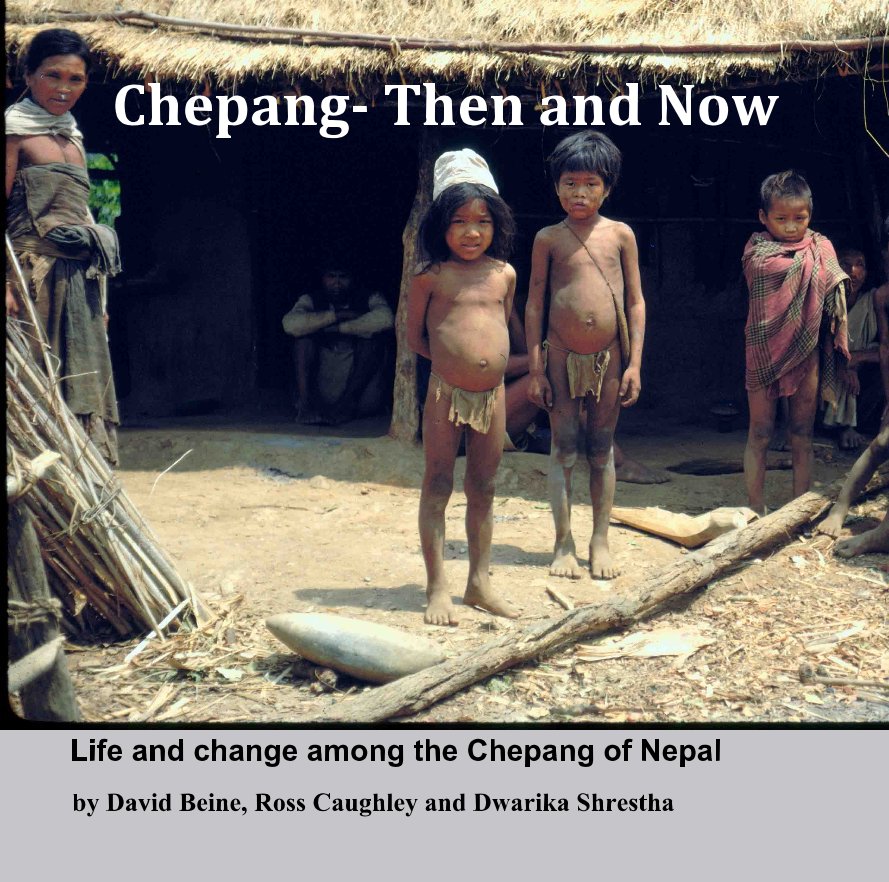Chepang- Then and Now
Life and change among the Chepang of Nepal
de David Beine
Este es el precio que tus clientes ven. Editar lista de precios
Acerca del libro
Through vivid photography, this coffee-table book documents the physical and cultural changes and persistence that have taken place over the past forty-two years among an endangered, formerly semi-nomadic hunter-gatherer people group of Nepal. The Chepang, often characterized as the poorest of Nepal’s poor, are a Tibeto-Burman group numbering around fifty-two thousand who inhabiting a rugged and sparsely populated area of the mid-hills of central Nepal. Over the past two or three generations the Chepang have begun to slowly shift from a semi-nomadic (slash-and-burn) lifestyle to a more settled way of life, relying increasingly upon the produce of permanent fields of maize, millet and bananas. The severe topography, however, has made permanent farming difficult (and usually insufficient) and the forest has remained an important (although decreasingly so) source of food for the Chepang. Historically, the collection of wild yams and tubers, fish caught from nearby rivers, bats and wild birds, and periodically wild deer hunted from nearby forests, have supplemented their need for carbohydrates and protein. With increasing population, lack of arable land and few irrigation options, despite forest supplements, malnutrition has been an historic problem for the Chepang who have often been characterized as the poorest of Nepal’s poor, over the past two generations.
Photos included are those taken by the Caughleys between 1968 and 1976, images captured by the Beines beginning in 1998, photos taken by Dwarika Shrestha from 2001 onward and recent photos shot on literature distributions treks taken together by the authors in 2010 and 2011. Although it is evident that much has changed in 42 years (and mainly for the positive), it is also certain that much has remained the same for the Chepang of Nepal. Ultimately, this is their story: a story of cultural change and of cultural persistence.
Photos included are those taken by the Caughleys between 1968 and 1976, images captured by the Beines beginning in 1998, photos taken by Dwarika Shrestha from 2001 onward and recent photos shot on literature distributions treks taken together by the authors in 2010 and 2011. Although it is evident that much has changed in 42 years (and mainly for the positive), it is also certain that much has remained the same for the Chepang of Nepal. Ultimately, this is their story: a story of cultural change and of cultural persistence.
Ver más
Acerca del creador
David Beine
Spokane, WA, USA
Dr. David Beine is an anthropologist and a linguist. He specializes in medical anthropology (HIV prevention) and has served as Director of the Oregon Summer Institute of Linguistics (2003-2007) and Summer Program Director at the Canada Institute of Linguistics in Langley, BC, Canada (2008). He currently is professor of Intercultural Studies at Moody Bible Institute-Spokane and serves as Senior International Anthropology Consultant for SIL, International. The Beines have been involved in literacy among the Chepang since 1998 and currently spend half of each year in Nepal.


